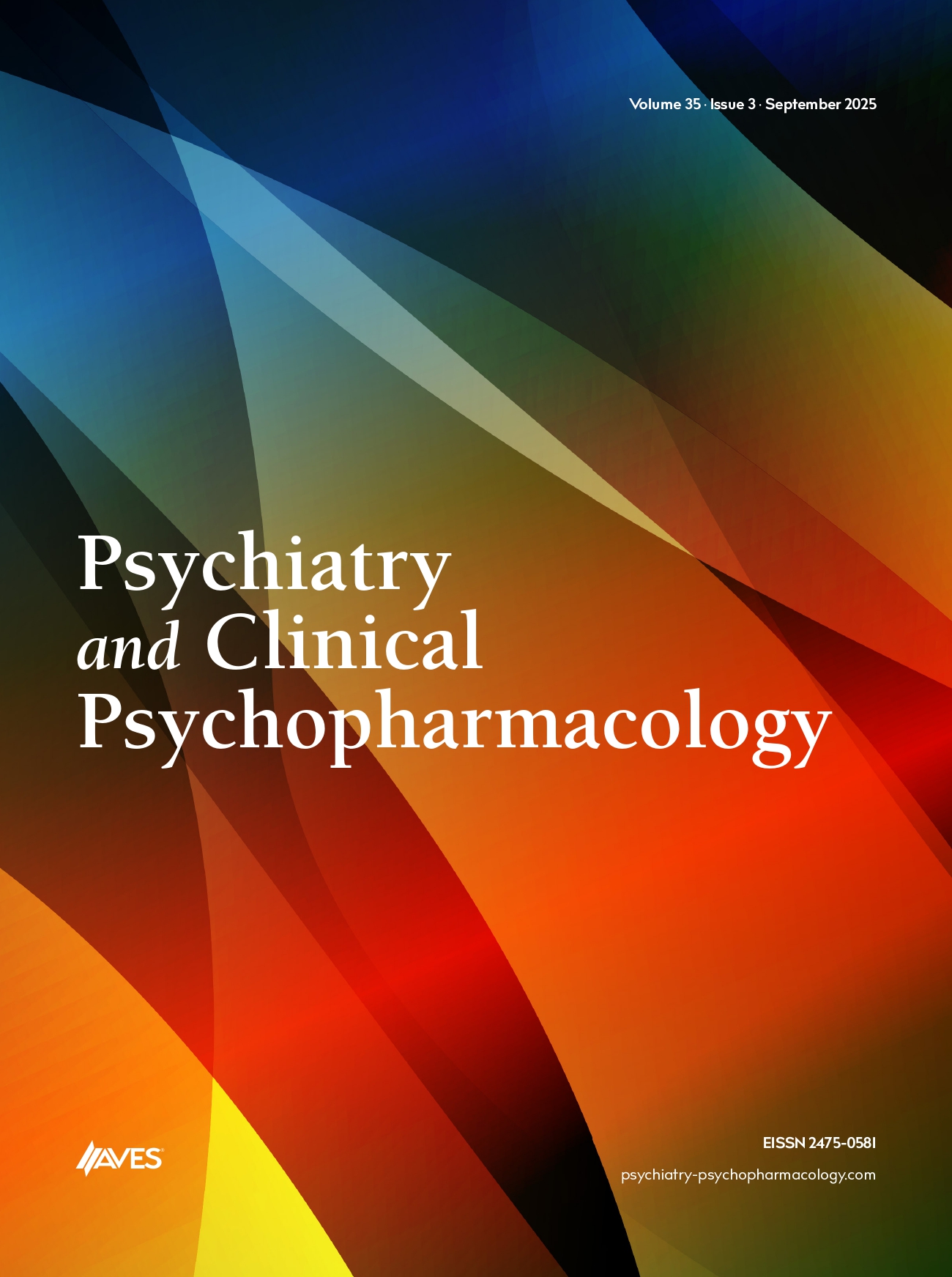Bupropion is a norepinephrine and dopamine reuptake inhibitor, which is used to treat depression and to alleviate withdrawal symptoms of tobacco addiction. Most common side effects are loss of appetite, dry mouth, insomnia, headache and constipation. In addition, although rare, severe side effects include decreased threshold of seizure, urticaria and angio-edema, which require attention. Here, three cases are presented who developed urticaria and angio-edema secondary to use of bupropion. Case 1: A 33-year-old male patient was admitted due to facial swelling and generalized erupted hyperemic plaques on body for 3 days. On physical examination, edema was noted on bilateral eye lids and lips, while generalized urticarial plaques were observed on body. There was no particularity in personal and familial histories. It was understood that patient has been using bupropion at a dose of 300 mg/day for 15 days to quit smoking. There were no other medications. Results of laboratory tests were normal and no infectious focus was found. Bupropion was discontinued and the patient was started on prednisolone and pheniramine parenterally. Regression was noted during follow-up period and no new lesion developed. Case 2: A 32-year-old male patient was admitted due to facial swelling and generalized erupted and hyperemic plaques, which have been persisting for 3 days. It was understood that patient was admitted to emergency medicine due to same complaints 3 days ago and there was no regression in lesions, although patient was started on prednisolone and pheniramine. Personal history indicated no particularity, excluding hemorrhoidectomy. Medical history demonstrated that patient was using bupropion at a dose of 150 mg/day for 10 days due to preliminary diagnosis of unipolar depression. Bupropion was discontinued and current treatment was maintained for urticaria and angio-edema. During follow-up, lesions regressed and clinical picture of angio-edema improved. Case 3: A 31-year-old female patient was admitted due to complaints of generalized erupted plaques and periocular swelling for 4 days. Laboratory tests were ordered to identify etiology and total IgE level was high; no infectious focus was noted. Personal history of the patient indicated no particularity, excluding endometrial polyp excision. Medical history demonstrated that patient was using bupropion at a dose of 300mg/day for 3 weeks due to preliminary diagnosis of major depression. Bupropion was discontinued and the patient was started on pheniramine and prednisolone. Lesions started to regress and complete recovery was observed at Day 5 of treatment. Etiology of urticaria and angio-edema often involves infections and use of medications. Dermatological side effects often occur since psychotropic drugs are more commonly used. Bupropion rarely leads to urticaria and angio-edema, which are severe reactions. Respiratory edema and severe anaphylactic reactions may threaten life. Drug use within last one to two weeks is an important finding in medical history. It may require discontinuation of questionable agent and starting steroids and antihistamines. Clinicians should assess skin reactions in detail and switch patients to another drug and patients should be informed about dermatological side effects.


.png)
.png)